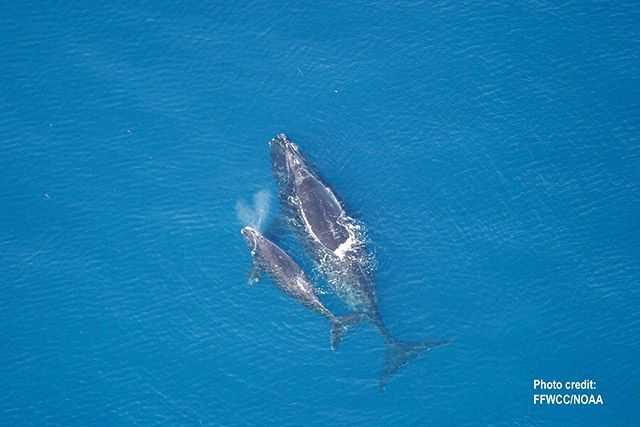Approximately 50 million years ago, terrestrial mammals started to make their way back into the ocean and spent the next 10 million years evolving into marine mammals. We know that they are mammals because of characteristics they share with their land-based counterparts. They are warm blooded; breathe oxygen out of the air; have hair (or at least remnants of hair); give live birth; and, produce milk. It is hard to imagine a prehistoric world where the ocean would be a more desirable place for animals with these attributes. The vulnerability of an air-breathing animal with soft skin conjures images of voracious sea monsters. But consider that the closest living relatives of marine mammals today is the hippopotamus, an herbivore thought by many to be the most dangerous animal in Africa, so perhaps they weren’t so defenseless after all.
Unfortunately the predatory dangers that ancestral marine mammals endured pale in comparison to the multiple threats that marine mammals face today. Even without considering the taking of animals in the name of research, today’s marine mammals risk extinction from many other means including diminishing food supplies from unsustainable fishing, global climate change that threatens the very existence of krill – a staple in their diets, habitat destruction, invasive species, pollution and probably most insidious of all, noise pollution. Ocean noise has become deadly.

The transmission of sound through water is faster than in air because water is denser. Additionally there is less attenuation (reduction over time). Consequently the use of sound by aquatic organisms to communicate is predictable. However sources of sound in the ocean prior to the twentieth century were extremely limited and mostly natural in origin – volcanic eruptions for example. That is not the case anymore. Sound is produced by boat engines, oil and gas production, warfare, seismic exploration, research and recreation. John Hildebrand from the Scripps Institute of Oceanography in La Jolla, California states that not only have noise levels increased over the last 50 years but they are more widespread. Credible sources estimate that they are ten times higher than they were a mere two decades ago.
A researcher from the New England Aquarium in Boston took advantage of the shutdown of shipping lanes in the Bay of Fundy immediately following September 11, 2001 in order to assess the affect of ship noise on North American right whales. The whales communicate using low-frequency sounds that travel long distances allowing contact with others of their species. Unfortunately the frequencies of their communications overlap with the low-frequency emissions from large ships. Rosalind M. Rolland, et al. measured noise levels in that quiet period and then again after shipping was resumed. Rolland was able to show that there was a significant reduction in levels of stress hormones associated with the noise reduction, the first time that this stress measurement was linked to low-frequency ship noise. The implications of chronic stress from noise are that along with stress, as with other animal groups, comes decreased immunities making the whale more susceptible to diseases, a dangerous situation for a species on the brink of extinction.
In the western Atlantic the North Atlantic Right Whale is one of the great whales that could potentially be spotted in the near coastal region. Females migrate south in winter to calving areas off the coasts of Florida and Georgia. It is generally accepted that their biggest threats are collisions with ships and entanglement in abandoned fishing gear but as we increase our understanding of the role sound plays in their world we are forced to admit that our influences extend well beyond our physical presence. As stewards of the environment Florida Oceanographic Society supports research that furthers our knowledge of the effects of sound in the aquatic world, fine tunes our use of sound as a monitoring tool and uses technology to minimize the impact.
Ellie Van Os is Director of Education and Exhibits for the Florida Oceanographic Society. She can be contacted at evanos@floridaocean.org and by phone at (772) 225-0505 ext. 113
![FOS vert right_pms2925_logo [Converted]](https://coastalanglermag.com/wp-content/uploads/2012/04/FOS-vert-right_pms2925_logo-Converted1.jpg)